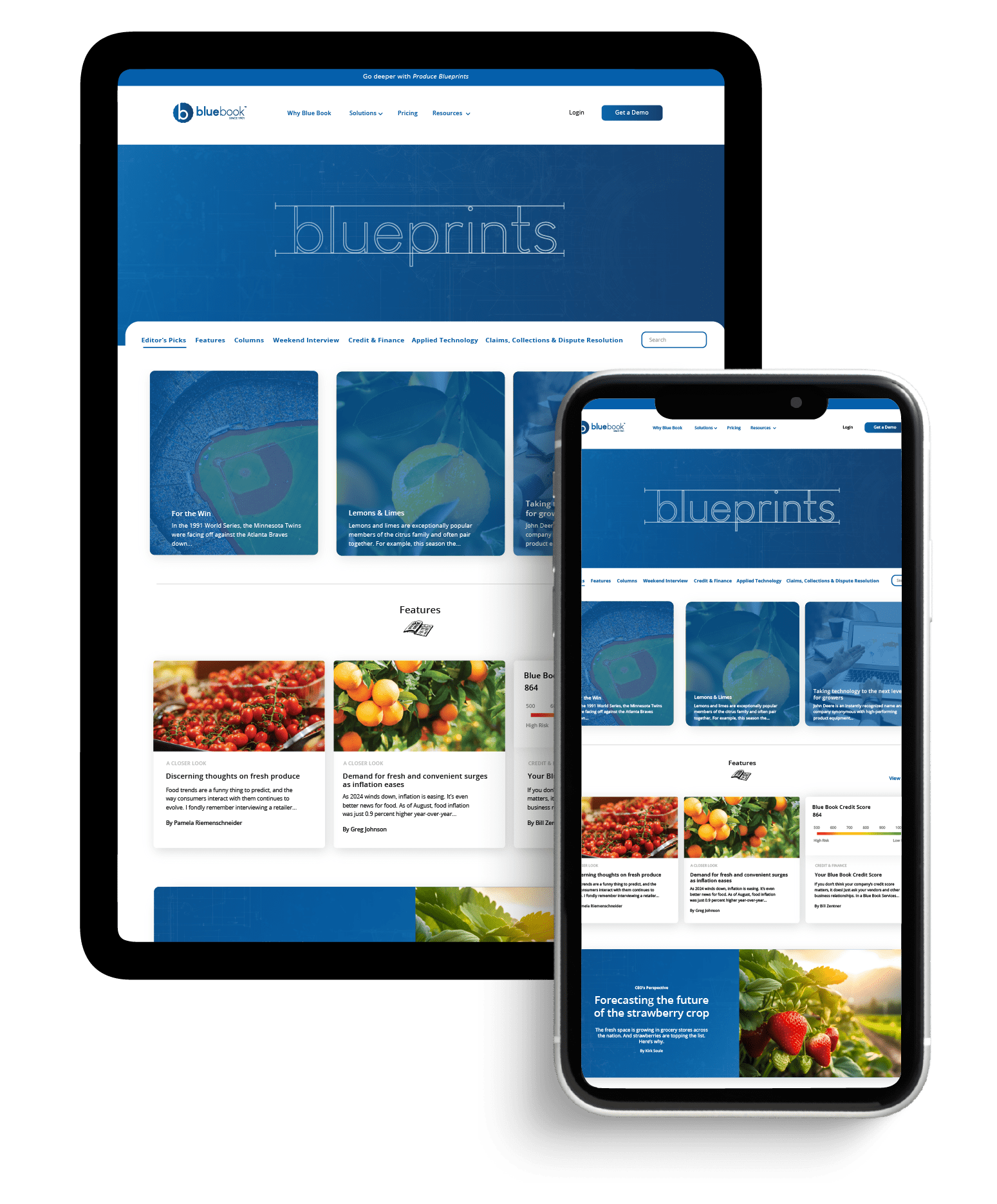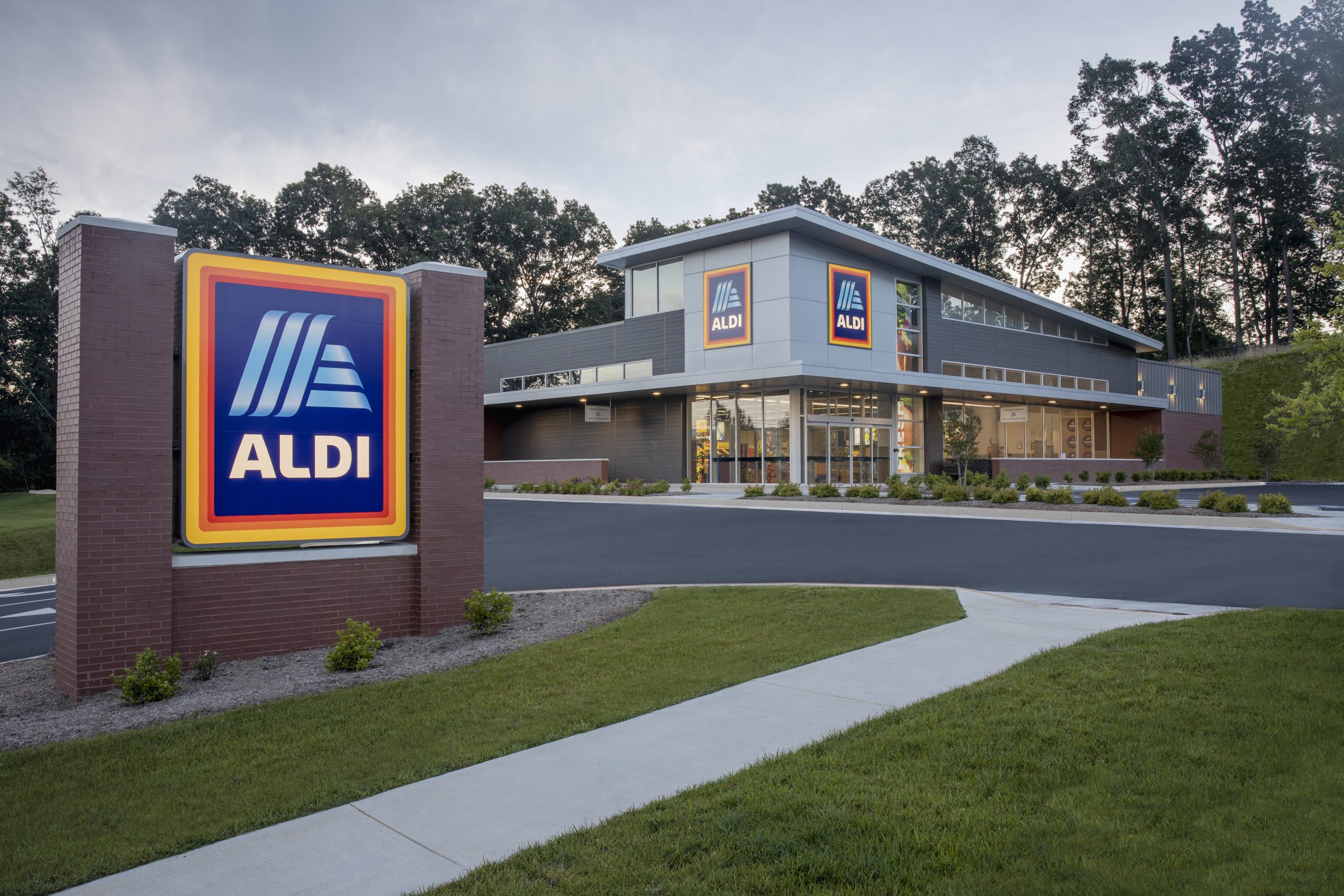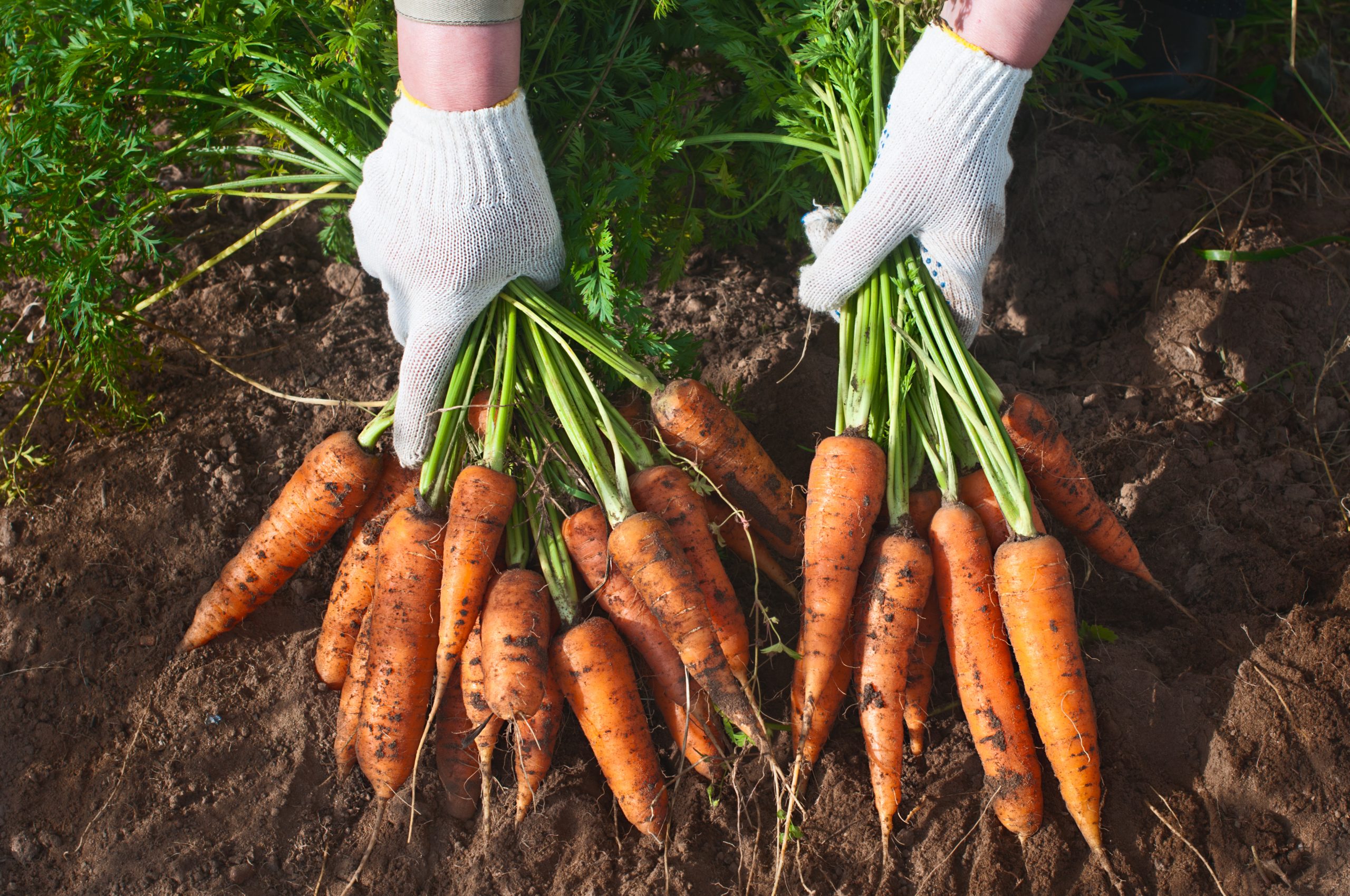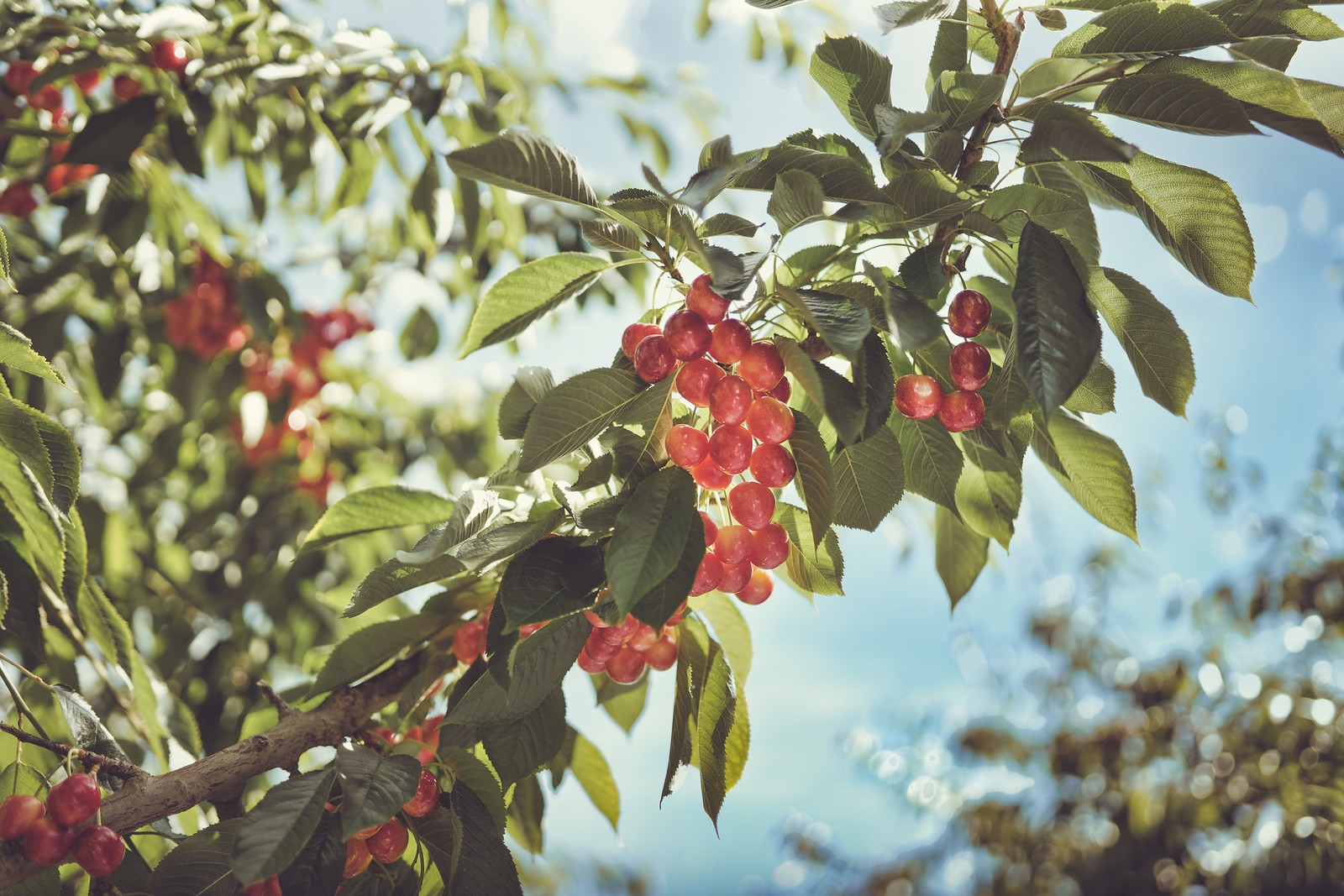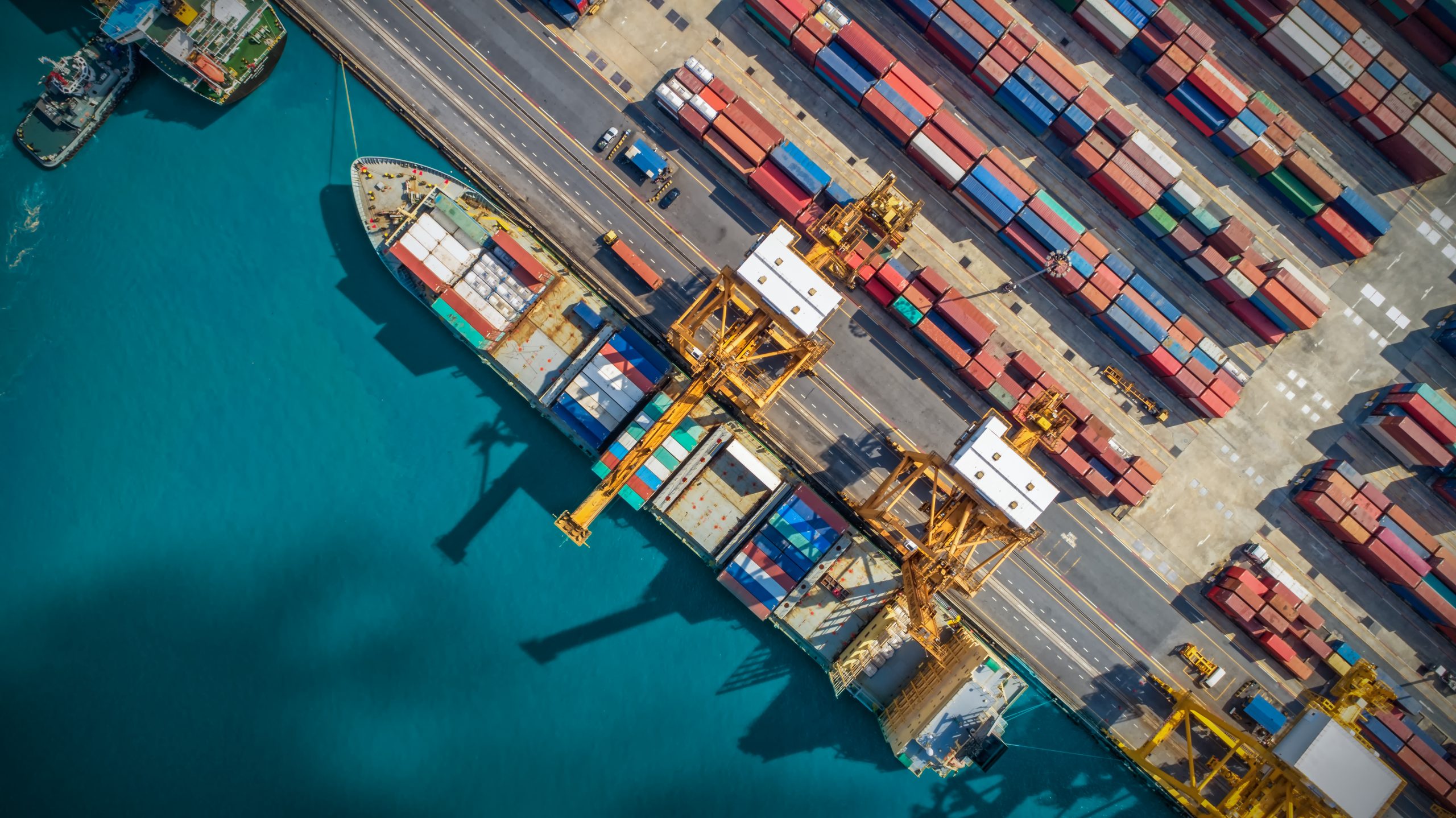Welcome to Blue Book!
Are you ready to join the thousands of companies who rely on Blue Book to drive smarter decisions? View our plans and get started today!
Still have questions? We’d love to show you what Blue Book can do for you. Drop us a line– we’ve been waiting for you.
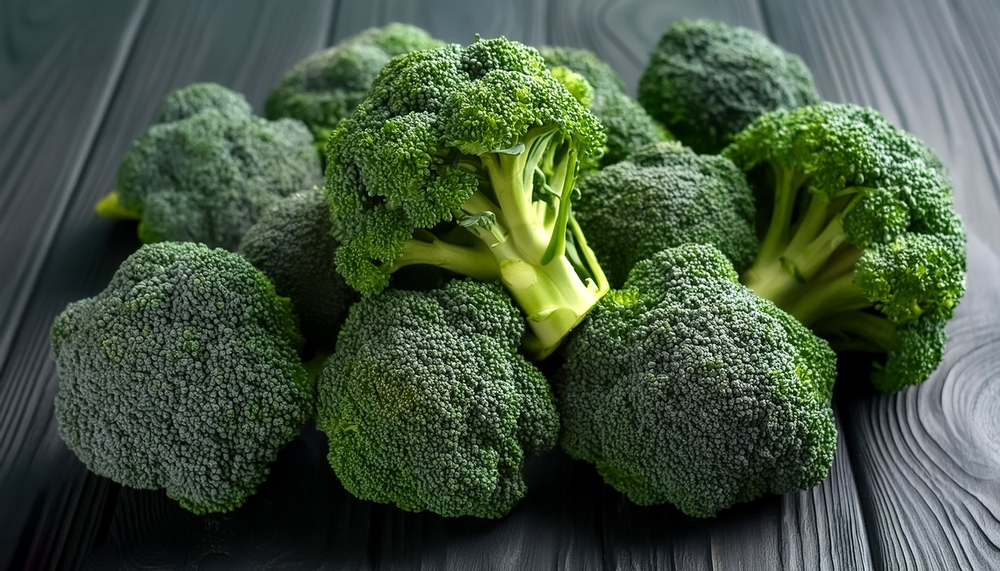
The broccoli industry is big business in the United States but faces big challenges—including a scarcity of water in some growing regions, rising input costs, and competition from imports. Still, buyers and sellers of this cruciferous vegetable have plenty to cheer about as the popularity of broccoli continues to climb and is valued at more than $1 billion annually.
History and Lore
As a commercial product, broccoli has a relatively short history. It was first introduced by Thomas Jefferson, who is said to have planted the vegetable in May 1787. Even with this founding forefather’s influence, broccoli didn’t become a recognized or common vegetable until the 1920s when Italian immigrants began cultivating and selling it.
Broccoli was first grown commercially in California in 1924, and the first ice-packed load was shipped east the same year according to the Penn State Extension, which notes it didn’t become a crop of significance until after World War II.
Today, broccoli has blossomed and is grown in nearly every state. California reigns supreme, leading domestic production at about 92 percent national supply. Coming in second place in terms of production is Arizona. Other top producing states include Texas and Oregon, though acreage in these states has fallen in recent years according to U.S. Department of Agriculture (USDA) reports.
The world’s top producer of broccoli is China, which can grow the vegetable year-round, followed by India, which also has a varied and favorable climate for extended cultivation.
Growers in the East are vying for their own share of this increasingly desirable market.
Production Notes
As a cool season crop, broccoli likes mild temperatures, plenty of sunshine, and ample water for optimal growth. In the United States, it might surprise some that ideal conditions are found on both sides of the country.
On the West Coast, California’s temperate climate is well suited to growing broccoli. The Golden State’s expanse has multiple areas suitable for production, with Monterey County as the leader, accounting for 48 percent of California’s broccoli output according to the Monterey County Farm Bureau.
Broccoli is planted on a continuous basis in Monterey County with harvests from the end of February or early March through the end of the year. Peak months are generally April, May, and June with supply still plentiful the rest of the year.
The vegetable frequently makes the county’s top ten crops list, and 2023 was no exception. For the year, broccoli ranked fourth, bringing $468.9 million, just behind head lettuce and ahead of wine grapes.
Growers in the East are vying for their own share of this increasingly desirable market. Rather than have the tasty vegetable shipped all the way from the West Coast, why not establish commercial production on the East Coast? Turns out, several like-minded individuals, businesses, academic researchers, and even folks at the USDA were thinking the same thing.
Oak Grove, VA-based Parker Farms was an early proponent of such a venture. Twenty years ago, the grower, repacker, and shipper partnered with L&M Companies, Inc. {{BB :#108839}}, based in Raleigh, NC, to work toward developing a consistent broccoli production base in the eastern United States.
The idea behind bringing the former competitors together, according to Sean McFadden, who works in marketing and business development for Parker Farms, was, “Let’s work together and we can make this a much bigger enterprise than we could on our own.”
It turns out the East Coast lends itself well to the cultivation of broccoli, with favorable growing conditions for a good portion of the year. Growing temperatures can range from lows in the 40s up to about 80°F, a variance many states along the Eastern Seaboard can easily maintain.
The creation of the Cornell University-led Eastern Broccoli Project, with specialty crop funding from the USDA and commercial contributors, further helped get the East Coast’s broccoli industry firmly on the map.
McFadden says close to 90 percent of the Parker Farms/L&M Companies partnership’s broccoli, under the shared brand Atlantic Fresh, goes to area retailers. Customers appreciate getting a product that’s locally grown rather than shipped from the West Coast or Mexico.
“Every one of our buyers say they prefer East Coast broccoli because it’s only on a truck for a day or two and has better shelf life,” he says. “They also want to support U.S. farmers.”
“Organic baby broccoli is a good mover.”
A Look at Varieties
There are many different types of broccoli and a plethora of hybrids depending on whether growers want crowns, bunches, florets, or a combination of two or all three. Varieties are also tailored to growing conditions for early or late plantings with organic versions too. Among the more well-known varieties are Calabrese, purple sprouting, and white sprouting broccoli.
Efforts are being made to introduce varieties to better withstand growing challenges such as heat. One such effort is part of the Eastern Broccoli Project at Cornell, which has produced a promising new variety in partnership with Geneva, NY-based Bejo Seeds. The variety, as yet unnamed, is undergoing commercial trials and is believed to produce high-quality yields even under the stress of hot East Coast summers.
Responding to consumer demand for organic broccoli, Lisa Davis, who works in sales and procurement for Green Thumb Produce BB #:350182 in Banning, CA, says her company has been packing and shipping organic baby broccoli for more than 20 years.
Green Thumb procures mostly from California’s Central Valley and fill gaps with imports from Mexico. Product is supplied to grocery stores in bags. “Organic baby broccoli is a good mover,” Davis says, noting the company’s eight-ounce serving is popular with consumers.
McFadden says Parker Farms is trying some new ways of packing broccoli. One example is placing two heads together on a paper tray covered by two layers of breathable overwrap. “Some retailers like that better than loose or bulk,” he explains. “It’s a value-added offering we’re looking to build as time goes by.”
Cultivation Factors
The business of growing and harvesting broccoli, like other crops, is not without its hurdles. Despite its impressive output, California continues to cope with weather volatility and a scarcity of water in various growing areas.
High temperatures, of course, make the situation worse. Steve Salczynski, in sales for George Amaral Ranches, Inc. BB #:151019 in Salinas, CA, keeps a close eye on the weather. This year, California has had plenty of extremes, including soaring heat. “We had some 100-plus degree days here and there,” he says. “With hot weather, you can have quality issues and lose some product.”
Higher than average temperatures can also bring another problem: insects. Growers in Salinas Valley experienced higher than normal insect pressure in late August and September, with pests such as diamondback moth larvae feeding on the outer leaves of broccoli crops.
Like his counterparts on the West Coast, McFadden monitors temperatures in states where his company sources broccoli, including New York, Pennsylvania, North Carolina, Virginia, Indiana, Georgia, and Florida.
Spring, summer, and fall are good times for growing East Coast broccoli depending on the state, but there’s a lull from January to March when growing conditions are less ideal and crops are inconsistent.
“It’s not a 365-day-a-year product, so we plan carefully for the windows of time when broccoli grows well in each geographic location,” McFadden explains. “We can anticipate when temperatures are right and it’s ready to be harvested.”
In the summer months, like pretty much everywhere across the United States, there were sweltering temperatures. “We’ve had heat to contend with (on the East Coast), but so far it hasn’t affected the quality or quantity of broccoli,” he says.
Not so in Texas. The Lone Star State has endured overly brutal heat the last few summers, creating drought conditions and dwindling water supplies. In South Texas, water levels in large reservoirs on the Lower Rio Grande have dipped.
This has prompted some growers to decide against handling broccoli, which tends to be a thirsty crop. One of them is grower and packer Winter Garden Produce, LLC BB #:285258, based in Uvalde, TX. Company president J. Allen Carnes says the dearth of water was one of two reasons behind the decision, the other is competition. “Water and Mexico,” he confirms.
It’s true broccoli production in Mexico has doubled in the last decade, where the state of Guanajuato leads the country in cultivation, harvested area, and volume. Yet Mexico is battling some of the same challenges as U.S. producers, including a lack of water after several years of low rainfall and longer periods of high heat.
“Mexico has water problems like we do here in California,” confirms Amaral Ranches’ Salczynski. “I was reading an article that said there’s only 20 percent of water in their reservoirs.”
Unlike in California, Mexico, and Texas, water hasn’t been a problem on the East Coast.
“Broccoli is a heavy water user,” McFadden points out. “If we can’t keep water on the broccoli, it gets discolored, the head and beads don’t grow well, and you don’t get good size. It’s not what retailers want to see.”
“It’s a really volatile market; prices are going up, but the market can change hourly. Everything can be hot and heavy for a while and then it fades out.”
Pricing, Demand, and Exports
The lack of water in Mexico has led to an increase in pricing, with plenty of fluctuations, but not to historical highs. “It’s a really volatile market,” observes Salczynski. “Prices are going up, but the market can change hourly. Everything can be hot and heavy for a while and then it fades out.”
McFadden agrees. He points to pricing in the high teens to low 20s on the open market. Parker Farms supplies broccoli to retailers, wholesalers, and processors, and relies on contracts for part of its business, which provides a level of certainty for both the buyer and seller.
“They know that if the price goes way up or way down, they’ll still be getting a reasonable price for broccoli,” McFadden says.
Better news is climbing demand. Salczynski has seen a recent uptick for California-grown broccoli, which he attributes mostly to weakened production in Mexico. “Our markets have picked up and have been decent—we even had shippers calling us to put together deals.”
Given its status as a major producer, one would think the United States exports a significant amount of broccoli to other countries. This was true in years past, but hasn’t been the case since the pandemic.
Amaral Ranches used to export broccoli to international customers, mainly in Taiwan and Japan, but hasn’t since 2020 according to Salcynski. “We used to do quite a bit, but nothing now—Covid shut that down.”
He says the countries they previously exported to have turned to frozen broccoli instead. Before the pandemic, Amaral Ranches planted about 120 acres of broccoli, but has reduced the number to about 60 acres now due to the decrease in its export business.
Coping with the drop in export demand has prompted the grower to segue into other crops. Salczynski mentions two: “We put a little more lettuce in the ground and we’re doing celery now.”
Higher Costs
Whether the cause is inflation, high interest rates, or more regulation, the rising costs of doing business are a concern for growers and shippers no matter where they’re located.
“Due to the continuous, ever-increasing regulations we face here in California, the price continues to rise,” Davis says. “But that reflects on everything, not just organic baby broccoli. In other words, it’s not broccoli’s fault.”
“Everything is higher than it was five or ten years ago,” McFadden agrees. “It’s important for us to keep prices up so our growers can maintain what they were making five or ten years ago.”
The cost of oil is a challenge too, notes Salczynski, who says it impacts virtually every aspect of his business. “Everything we do revolves around the price of a barrel of oil, even the plastic used for packaging.”
Another aspect of rising costs is labor. Broccoli is harvested by hand, which is very labor-intensive and one of the more significant costs growers must cope with when producing the vegetable.
Salczynski says finding workers overall hasn’t been a problem, but rather workers who are up to the challenge for the painstaking work. He cites a lack of younger workers and falling pick rates.
Mechanization may be the solution, especially for companies that can afford the upfront costs of equipment. An Eastern Broccoli Project report notes, “A conveyor system harvest aid that allows workers to pick continuously increases labor efficiency about three-fold.
“These devices involve a large financial commitment and will probably be used primarily by larger growers who produce broccoli year after year. Western growers use highly specialized teams for broccoli harvests and mechanized harvest aids for sorting and boxing.”
Looking Ahead
While broccoli sometimes gets a bad rap, growers and suppliers in the industry say the vegetable is highly valued by consumers for its healthful properties and they expect demand to remain steady and climb slowly.
McFadden, for one, lauds the vegetable’s versatility and uses. “It’s good steamed, raw, or roasted—and its stems make a good slaw.”
This article was originally published in the November/December 2024 edition.


